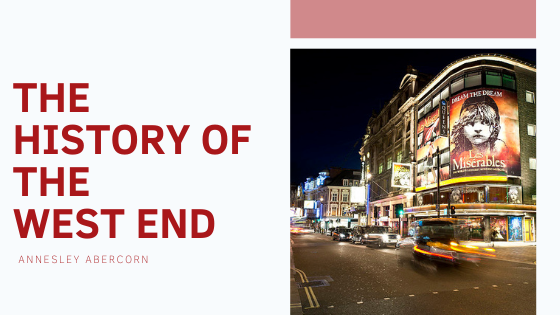Throughout most of its history, there can be little doubt that London has been the nerve-centre of English life. Initially founded as a colonial outpost of the then-dominant Roman Empire during the 1st Century AD, London swiftly grew to encompass and absorb several surrounding districts into its boundaries.
By the Middle Ages, the dominant sectors of London included two primary areas established to the north of the River Thames. These surrounded both the early walled Roman settlements and a handful of neighbourhoods connected to the region known as the City of Westminster.
The former district became the financial hub of London is still known as the “City of London,” in fact. The area remains home to some of the world’s largest and most prestigious banking corporations.
Conversely, the so-called “City of Westminster” and its surrounding districts gradually became absorbed into London over hundreds of years. Over time, the region became known as West London or the “West End.” Primarily, the area’s prestige derives from its traditional association with the British aristocracy. It has been the site of Buckingham Palace since 1703 and the Houses of Parliament for hundreds of years; however, the history of local sites such as Westminster Abbey and the original Westminster Palace stretch back to the Early Middle Ages.
Neighbourhoods in West London such as Kensington, Mayfair, Knightsbridge, Chelsea, and Belgravia are still some of the most aristocratic districts within the city proper.
In parallel to these aristocratic neighbourhoods, a thriving theatre scene has developed in the West End since the 17th Century. To this day, the West End retains many of London’s most prestigious theatre associations. Many of these theatres are located around Piccadilly Circus, and Covent Garden in an area often referred to by locals and visitors as “Theatreland.”
In parallel with the growth of these theatre districts and aristocratic neighbourhoods was the establishment of West London as a premier residential district for the upwardly-mobile middle classes during the Victorian era. Established under the reign of Queen Victoria during the 19th Century, many of the city’s most beautiful and compelling parks, concert halls, museums, and department stores can still be found here.
For anyone visiting London, a trip to the city’s West End is an absolute must. The City of London may be the financial heart of England, but the West End remains the beating heart of London’s cultural life. It is a place that everyone should visit at least once.

